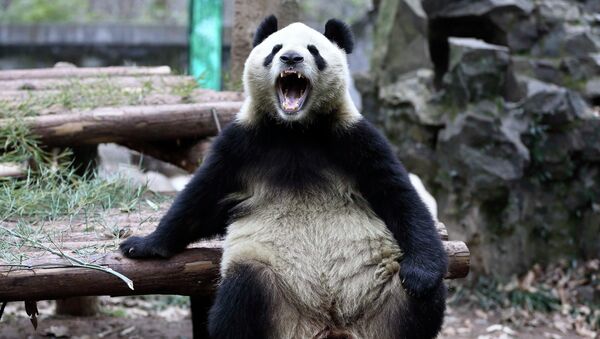There were injuries on the panda's right shoulder, right ear and right arm, said the statement, adding that Hesheng died of infections caused by the injuries. Hesheng began receiving the re-wilding training in March 2016, and was placed in the wild to receive further training in July 2016, said the statement.
However, Chinese netizens were outraged by the statement, with many saying that the breeding center acted irresponsibly by setting the panda free after such a short notice.
"We are still at the nascent stage of releasing pandas to the wild," said the statement, explaining that usually few captive animals are able to survive in the wild after being released.
Moreover, the statement said that they learned from the experience of other countries in re-wilding animal species similar to giant pandas, such as the American black bear and brown bear.
"What do you need to learn if foreign countries have little experience in keeping a panda? And how can a soft and meek animal as panda be compared with an American black bear?" quipped Sina Weibo user "xipinengrou."
China first released a captive-bred panda into the wild in 2006. Xiangxiang, who was 5 years old at the time, was released into the Wolong National Nature Reserve. However, he died roughly a year later after fighting with other pandas.
This article originally appeared on the Global Times website


